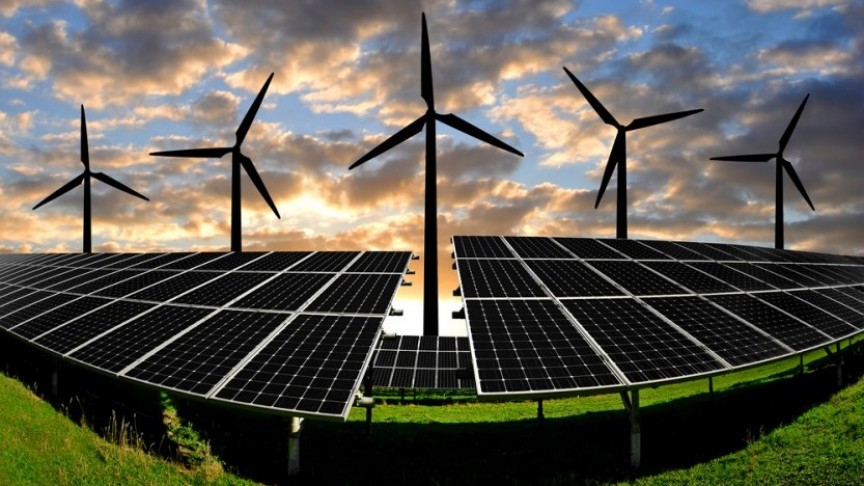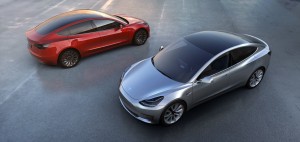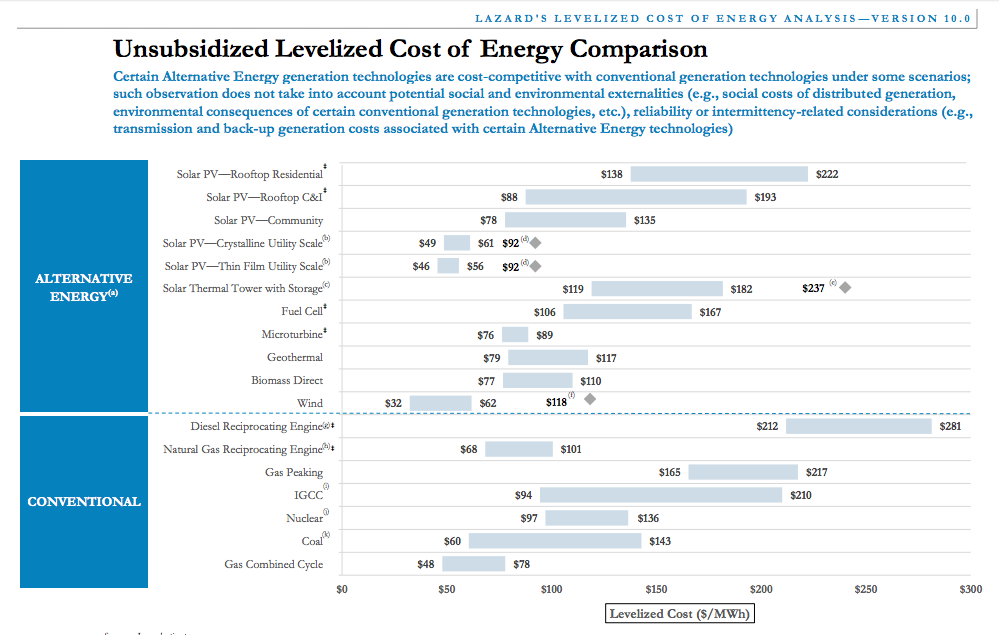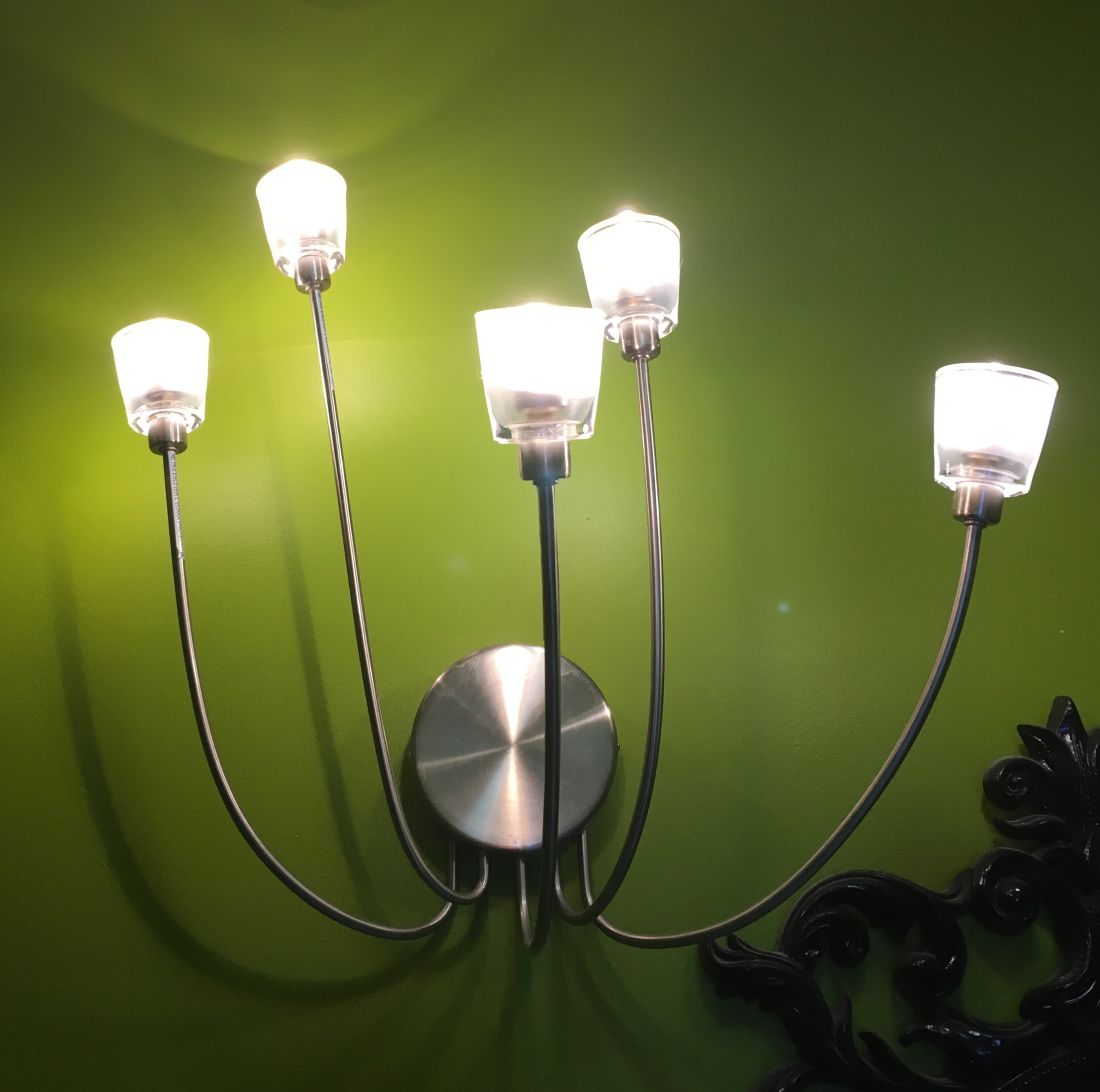Going All Electric: The Best Way to Be Good to the Earth
We have control over two major things that use a lot of fossil fuels: our homes and our cars. A typical home uses about twice the fuel of a car. Many clients want to reduce their use. They have multiple motivations; some want to be good stewards and leave a healthier, less polluted place for our kids. Others value energy independence so we aren’t forced to deal with less than savory characters internationally. Combatting climate change is another common motive.
Regardless of your motives, the solution to all of these is the same: if you want to reduce your carbon footprint, the best way is to stop burning fossil fuels entirely by going all electric and buying renewably produced electricity. Even if you don’t put solar on your roof (and most can’t, actually), you will be carbon neutral.

That sounds like it’s nearly impossible, but it’s not. In just the last few years, a whole bunch of really cool things have happened at the same time:
- Wind and solar are now the least expensive ways to make electricity in most markets, even without subsidies. This is for large utility scale projects.
- You can buy renewably produced electricity for the same price as fossil fuel electricity in many markets (including Cleveland, Ohio, where I live: go here, look for sources with 76%+ renewable content, and switch.)
- All electric homes are no longer a sacrifice:
- Heat pumps provide better comfort than furnaces, when engineered correctly. (Heat pumps are air conditioners that can heat as well as cool.)
- Heat pumps can have similar heating costs to furnaces, even in colder climates, when engineered correctly. Particularly if natural gas gets more expensive.
- Induction stoves cook like gas and turn up and down quickly like gas, but are much more efficient (80-90% vs. 40%), healthy (no breathing combustion byproducts), and often boil water faster!
- Heat pump water heaters have similar operating costs to natural gas ones. There is no chance of carbon monoxide poisoning, either.
- Electric fireplaces are remarkably realistic.
- Tesla made the first viable electric cars – long range and fast. The new Model 3, at $35,000, makes electric cars accessible to many. They can even drive you to work!

A Good Long Term Bet?
The best time to switch to all electric is when you need a new furnace and/or air conditioner, also known as your HVAC system (heating, ventilation, and air conditioning.)
When you buy new HVAC, you are making a 15-20 year bet on fuel costs. That’s how long they usually last. Natural gas has been a pretty good bet for the last 50 years, but that may be changing. Consider this:
- Fossil fuels are getting harder and harder to extract. Do you think the BP oil spill would have happened in a mile of water drilling 3 miles down if you could get to Texas Tea like the Beverly Hillbillies did by poking a hole in the ground? Are costs likely to go down, stay the same, or go up?
- Renewables have been getting cheaper and cheaper. They are technology-driven, so just like a 50” TV was $5000 15 years ago but $500 today, the costs are likely to keep going down. Solar panels were $76 per watt in 1977. In 2017 they are under $.35/watt wholesale. That’s 1/217th the price. Are costs likely to go down, stay the same, or go up?
- Heating costs are comparable between furnaces and heat pumps.
- We are finding cost differences vary between about $0 and $500 per year in homes with a Comprehensive Home Performance upgrade. (You’ll find out what cost difference is predicted for your home as part of our Comprehensive Planning Process, which is step 3 in our process.)
- Just having a gas meter costs $325/year in Cleveland. ($27.17/month to be exact.) What does it cost you? Is this cost likely to go up or down?
- Getting rid of the gas meter sometimes offsets the fuel cost difference, but you do have to replace all gas powered appliances (your stove, dryer, water heater, and furnace are the usual suspects.)
- The cost tipping point is when electricity is around 3 times the cost of gas, or less.
-
- Heat pumps are about 200-300% efficient. That means electricity can cost 2-3 times what gas does, and still have an equivalent cost. (If engineered correctly!)
- Renewables are getting cheaper, fossil fuels are likely to go up over time. There is a good chance that the tables will turn, permanently, within the lifetime of your next HVAC system.
- You can make your own electricity by installing solar panels or buying into a community solar program. Unless you’re one of the few with a gas well on your property, you can’t make your own fossil fuels.
- Heating with electricity has been substantially cheaper than heating with gas at a few points in the last 15 years.
-
- Natural gas cost four times what it does today (as I write this in February 2017) in 2005 and 2008, and three times what it does today in 2004.
- What guarantee do we have that some market shock won’t cause a spike or permanent bump again?
- Did I mention you can make your own electricity?
- Electricity prices may be self limiting.
-
- At some cost point, it makes sense to install solar panels and depend less on your utility. Raise prices too high, and the economics work to go solar.
- In Hawaii, where electricity prices are around $.40 per kilowatt hour (nationwide averages are in the $.10-$.12 per kWh range), some customers are “defecting” from the grid by installing solar systems with battery storage. They then disconnect their electric meter.
- My educated guess is that the maximum electricity price is in the $.15-.20 range before the market starts acting. Tesla, a major solar installer, generally goes to markets with electricity prices above $.15 per kilowatt hour (kWh).
- What is the price limit on fossil fuel prices? Is there one? Or do you have to pay whatever you are charged?
Costs to Produce Electricity
This is pretty geeky, but bears at least a mention. Levelized Cost of Energy (LCoE) is a standard industry metric for judging how much electricity costs to produce. This is from Lazard’s annual report for US electricity production costs, which is referenced by many companies and organizations.
This chart shows LCoE without subsidies. Note how utility scale solar and wind (really big projects), even without subsidies, are kicking butt in the US. For the first time, technologies that don’t require fuel are cheaper. It’s a game changer. They have weaknesses (you can’t store electricity, and you can’t tell them when to turn on), but those are technical challenges. They aren’t insurmountable.
New technology is coming.
Electric powered homes and cars are changing very quickly. Past assumptions can be shattered overnight, try to question the assumptions of things you read and to take a long view.
-
- Carbon Dioxide heat pumps. They use CO2 as a refrigerant. While most heat pumps lose efficiency pretty quickly as temperatures approach 0 degrees Fahrenheit, these don’t. They are happy at -40 (coincidentally the temperature where it’s freaking cold in both Fahrenheit and Celsius.) Sanden CO2 heat pumps were approved for sale in the US in 2016. While they’re only water heaters today, that is likely to change.
- Solar panels, batteries, and electric cars are all improving rapidly. Electric vehicles were considered a joke as recently as five years ago. Today the Tesla Model S is the fastest selling car in the luxury sedan class. (And also the quickest production car 0-60 and in the quarter mile.)
- New advances, more quickly. As the market begins to mature, new advances will come on the market and scale more quickly because there is enough demand to deliver economies of scale.
But, going carbon neutral is a lousy goal for a Home Performance project.
The first section brings out my hopeful Pollyanna side. Time for the hard realist. Efficiency is a lousy primary goal. Really lousy. If it is the only thing you want to achieve, we recommend going no further with your research and project. Here’s why:
- Going carbon neutral/high efficiency in an existing home is expensive. If you expect a project to “pay for itself”, you are very likely to be disappointed. These projects help pay for themselves, but they cost real money. The math on fuel oil and propane is better than natural gas, but still not always advantageous.
- Efficiency isn’t worth much. It’s nice to talk about, but would you pay $100-200/month extra, possibly forever, to be “efficient” or “carbon neutral”? Ask yourself that really honestly. Minimum $10,000 that you aren’t getting back. It’s ok to say no. In fact it’s far better to come to that conclusion now. I wouldn’t do it. Add tangible benefits that make my life better in some way, and I may be game. (For instance, my wife and I enjoy 1) cooking on our induction stove, 2) knowing our heat pump water heater is using wind power to heat our water rather than the old tank using natural gas, and 3) I look forward to having a fast car again when I get a Tesla Model 3.)
- Other goals are far better:
-
- Comfort: Sick and tired of waking up sweating on hot summer nights? That’s a good goal.
- Health: Does your son or daughter have asthma or allergies, and you suspect dampness or other issues in your home are part of the cause? That’s a good primary goal.
- Comfort: Tired of freezing to death in your family room, office, bedroom, basement, etc? That’s an excellent goal.
- Health: Have you had a mold problem come back again and again? Fixing it will likely save energy, too. That’s a good main goal.
- Durability: Tired of insurance claims from when you get icicles and it floods your ceiling, outside walls, and bedroom? That’s a good primary goal.
- Comfort: Are any parts of your home more than 2-3 degrees different from others, like upstairs to downstairs? It’s a pretty good goal to fix that.
- Efficiency is a Side Effect: When you solve major comfort, health, or durability problems in your home with a Comprehensive Home Performance project, efficiency almost always comes with it. It’s a side effect.
That is not the usual thing you will hear. Remember, our job is not to sell you stuff, it’s to help solve your problems within your budget. If you only want to cut your carbon footprint, please don’t contact us. You’re unlikely to follow through and your budget is likely to be unrealistically low. Have problems you want to solve? Now we’re talking.
Does it make sense to start the process of solving those problems? Here’s what we recommend:
Making a List
Make a list of what you want to fix in your home, comfort-wise and health-wise. Rank them on a scale of 0-10. A “0” is a problem that doesn’t bother you in the slightest. A “10” is a problem that you don’t care how much it costs, you want it fixed now. If you don’t have at least one “8” or higher on that list, it probably doesn’t make sense to move forward getting off fossil fuels. Keep thinking on what you want to solve. Change your light bulbs to LEDs. Maybe get an induction stove or heat pump water heater, since those projects stand on their own. But stop there before you do something that needs to be undone later, that’s where a plan comes in. Don’t insulate, don’t buy a new furnace or air conditioner. Those are interconnected systems that need to be planned, or else failure is likely.
Now that you’re thinking about it, the problems on that list are likely to bug you more. When one or more of the problems gets into the 8-10 range, it’s time to start the planning process. Until it makes sense to start planning, either spend time learning about the problem, or decide that it isn’t worth fixing.
What to Do Next
1. Download Home Comfort 101
Home Comfort 101 will teach you how your home works so you can solve problems at their root. It’s the first chapter of our new book, The Home Comfort Book. It’s free and always will be.
2. Get an Initial Consulation (we do remote work too if you don’t live near Cleveland)
We love helping clients get off fossil fuels. We’ve removed five gas meters from homes so far with 3 more on the schedule. We like helping clients solve problems even better. When you have one or more primary goals that ranks an 8/10 or higher, plus you want to be good to the earth and get off fossil fuels, then it is time to start planning how to do it. We’ll want the list you make at the initial consultation, which you can sign up for by clicking “Get Started” at the top of every page. (Don’t do it until you’re ready, though.)
3. See Real World Examples
Want to see how we converted four client homes to be all electric, why, and how it worked? Check out these four case studies. By the way, the bottom two are the ones that were done the way we like to, the “Houses of the Future”.
- 1890 Habitat for Humanity Retrofit
- 1900 Hiram College Deep Energy Retrofit
- 1900 House of the Future
- 1918 House of the Future
1890 Habitat for Humanity Retrofit
1900 Hiram College Deep Energy Retrofit
P.S. I’m not the only one to make this argument, David Roberts at Vox did a great job laying out the reasons for going all electric here. Energy Smart is unique in that we are actually executing going all electric with normal homes. Once our clients buy renewable electricity, they are carbon neutral with their homes.















